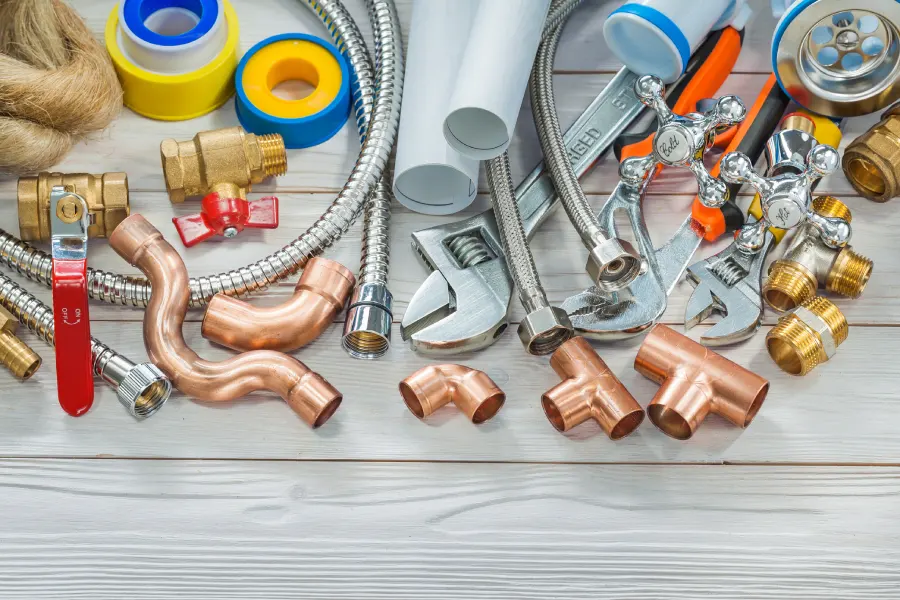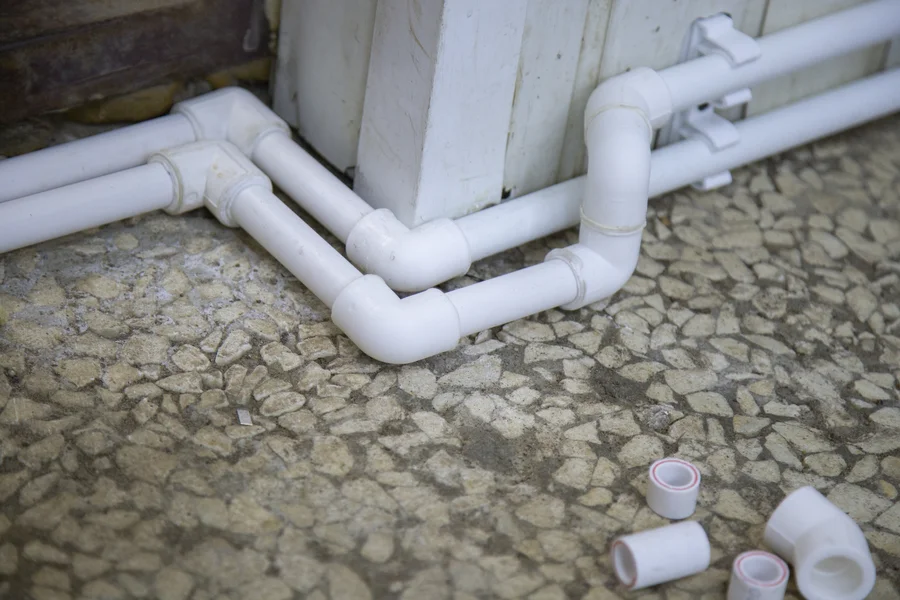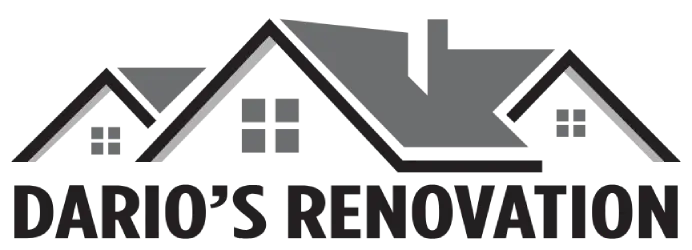Understanding Their Importance and Functionality
Drainage systems play a crucial role in building construction. They ensure that water is properly managed to prevent damage and maintain the integrity of structures. Poor drainage can lead to various problems, including water damage, mold growth, and foundation issues. With effective drainage systems, buildings remain safe and durable over time. This article explores the essential aspects of drainage systems and their impact on construction projects.

Preventing Water Damage
One of the primary functions of drainage systems is to prevent water from accumulating around a building’s foundation. Without proper drainage, water can seep into basements or lower levels, causing damage to walls and floors. It can also lead to costly repairs and compromise the structure’s safety. Ensuring adequate drainage helps mitigate these risks, protecting both the property and its occupants.
Enhancing Durability
Effective drainage systems contribute to the longevity of buildings. By directing water away from foundations and other critical components, they help preserve materials like concrete and wood. In this respect, implementing a reliable plumbing service ensures that drainage systems operate smoothly and efficiently. Regular maintenance checks are vital for identifying and fixing potential issues before they escalate.

Avoiding Mold and Mildew
Mold and mildew thrive in damp environments, often resulting from insufficient drainage. These fungi not only cause structural problems but also pose health risks to occupants. Proper drainage systems reduce moisture levels, preventing mold growth and maintaining healthier indoor air quality. A professional plumbing service can offer solutions tailored to meet specific building needs, ensuring optimal system performance.
Key Components of a Drainage System
A comprehensive drainage system typically includes several components working together to manage water flow effectively. These include:
- Gutters: Collect rainwater from roofs and channel it into downspouts.
- Downspouts: Direct water from gutters to the ground or designated drainage areas.
- Sump pumps: Remove accumulated water from low-lying areas within a building.
- French drains: Redirect water away from structures through underground piping.
Choosing the Right Materials
Selecting appropriate materials for drainage systems is essential for ensuring long-term effectiveness. Factors such as climate, soil type, and building design influence material choices. Common materials include PVC pipes, which are lightweight and resistant to corrosion, and cast iron pipes, known for their durability. Consulting with experts can help determine the best options based on specific project requirements.
Maintenance Tips for Longevity
Regular maintenance is key to extending the lifespan of drainage systems. Here are some tips to keep them functioning well:
- Inspect gutters and downspouts regularly for clogs or damage.
- Ensure sump pumps are operational by testing them periodically.
- Check French drains for blockages that may impede water flow.
- Schedule professional inspections to catch potential issues early.
Conclusion on Implementing Effective Drainage Solutions
Integrating efficient drainage systems in building construction ensures structural longevity and occupant safety. Collaborate with experienced professionals to assess your project’s specific needs. Contact Dario’s Renovation LLC at (206) 966-3914 for expert guidance. We proudly serve clients throughout Seattle, WA, providing top-tier support for all building projects.
